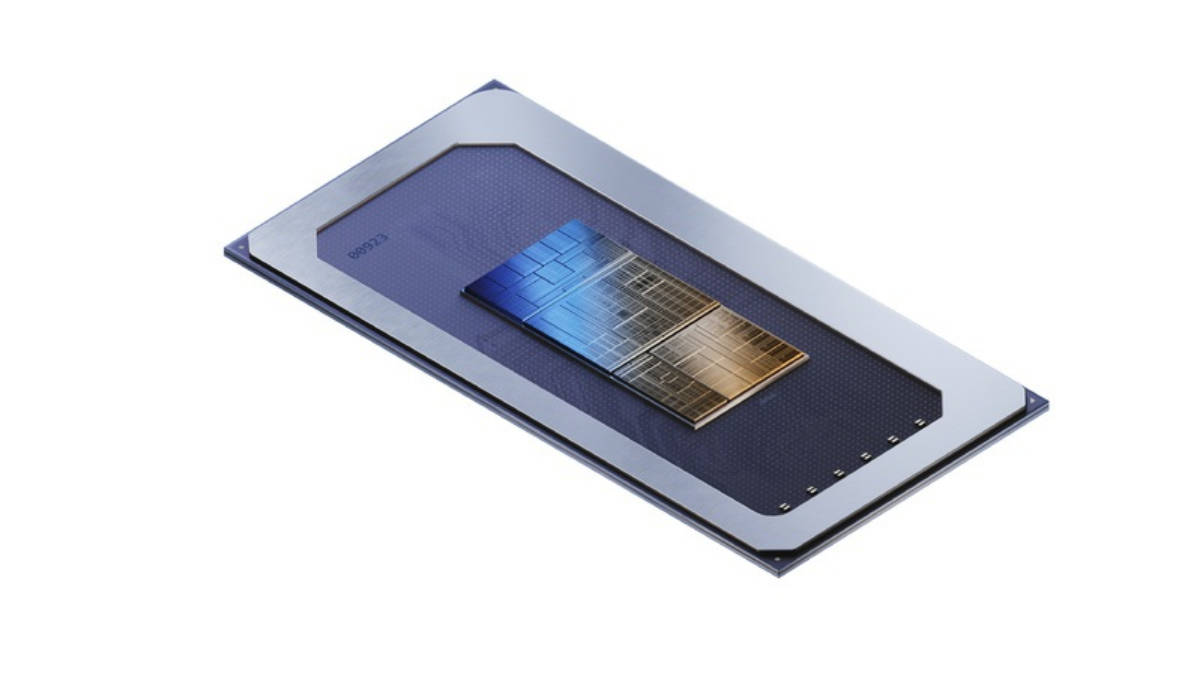Intel talks about the integrated AI Engine in its new Meteor Lake processors | 91mobiles.com

AI seems to be the biggest tech term of 2023. Earlier this year, we saw AMD release its XDNA hardware architecture that launched within the Ryzen Mobile 7040 Series as Ryzen AI. Now Intel has thrown its hat into the ring with the release of its new Meteor Lake processors. These x86 processors are based on the Intel 4 process with the Foveros 3D packaging technology. They will also come with Intel’s Arc graphics built into them and are tipped to offer better battery life thanks to Next-Gen Power Management. Intel Meteor Lake processors will launch later this year.
Meet the VPU
However, the new addition will be the integration of the AI Engine. Unlike the cloud-centric approach for AI, the integration of AI within the chip should help reduce latency when it comes to AI-related tasks while also improving privacy. This is via the inclusion of a new VPU (Vision Processing Unit) to the traditional GPU and CPU one would find in a processor. Intel notes that the VPU will augment the two and bring very efficient mapping of those workloads to that engine. Intel also notes that this is the third generation of the IP which got its start many years ago when Intel acquired Movidius. Since then the company has been advancing and refining the technology by lowering power requirements and increasing density. This is the version which has been implemented in the Meteor Lake processors.

The new Meteor Lake Processors will map workloads across its engines depending on the task. Intel gave the example of a sustained workload such as video conferencing will be easily handled by the VPU. However, if there is something that is latency sensitive, but not too heavy on workload, then the CPU can perform it as well. Meanwhile, the GPU will continue to bear the brunt of graphics workloads. If needed, the processor can utilise all three engines to get every bit of compute possible for greater performance. Intel calls this a “holistic, heterogeneous approach.”
AI-Ready
Aside from this, Intel will also be providing tools to ISVs to help leverage the processor and the AI Engine. The company notes that it already has over 100 enabled apps and experiences from vendors such as Adobe, Microsoft, ByteDance, Tencent and more. When we questioned Intel about working with other third-party vendors, John Rayfield, Vice President and General Manager of Client AI at Intel, reiterated that Intel is looking forward to working with ISV and invites them to reach out to Intel so that they can work together on products.
Intel also gave a few examples of how the integrated AI engine can help improve the AI experience. Notably greater computer performance with lower power requirements. One example is how it can be used to improve background blurring during video conferencing. Another demo was a Stable Diffusion demo without being connected to the internet. It was able to create the image in about 15-20 seconds.

Finally, Intel talked about the advantages that it brings to the table. This includes the millions of Intel-based PCs as well as its massive x86 app ecosystem. Intel also notes that while current AI enhancements are limited to processes such as elevated video collaboration & streaming, enhanced audio effects as well as creator and gaming effects. This will only grow larger large in the future with better AI assistants that can understand the daily context as well as greater creation, production and collaboration across all fields.
For all the latest Technology News Click Here
For the latest news and updates, follow us on Google News.
